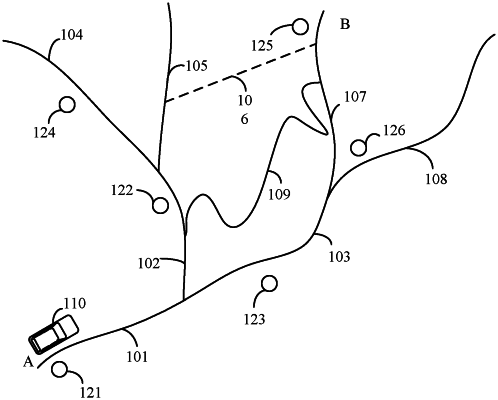| CPC G01C 21/3407 (2013.01) [G08G 1/096811 (2013.01); H04W 28/0268 (2013.01); H04W 40/12 (2013.01)] | 19 Claims |

|
1. A method of a control node, operating in a communication network and comprising controlling circuitry configured to estimate quality of service (QOS) for geographical locations in the network, wherein the method comprises:
receiving, from a user device in the communication network, a request signal indicative of a starting point, a destination point, an acceptable QoS for communications between the user device and the communication network during transit of the user device from the starting point to the destination point, and a transit time;
determining one or more routes from the starting point to the destination point based on the transit time and on estimated QoS for communications between the user device and the communication network for a plurality of geographical locations of the one or more routes, in view of the acceptable QoS;
providing information of the determined one or more routes to the user device;
dynamically updating the determined one or more routes based on received information pertaining to experienced QoS associated with geographical locations pertaining to the determined one or more routes during transit of the user device; and
based on at least one route being unable to be determined based on the acceptable QoS not being met due to a coverage gap in the network, redirecting other user devices to the coverage gap to form a group of user devices for bridging the coverage gap by using device-to-device communication within the coverage gap.
|